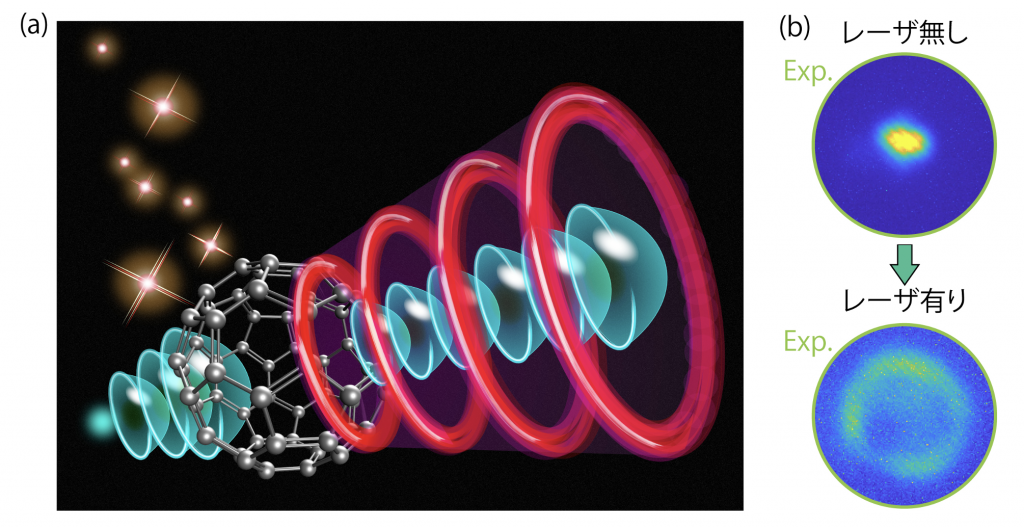2023-02-28 ローレンスリバモア国立研究所(LLNL)
◆陽電子(反電子)は、電子と同じ質量で反対の電荷を持つ反粒子である。星の崩壊やブラックホールの形成など、天体物理学の極限環境では、高エネルギーの電子・陽電子対が生成されることがよくある。これらのペアは、最終的にエネルギーを放射し、非常に明るいガンマ線のバーストを発生させます。ガンマ線バーストは、宇宙で起こる最も明るい電磁気現象であり、10ミリ秒から数分間続くことが知られています。このGRBがどのようにして発生するのか、そのメカニズムはまだ謎に包まれています。
◆そこで登場するのが、高出力レーザーです。実験室では、金箔に強いレーザー光を当てることで、電子と陽電子のペアのジェットを発生させることができます。このとき、高エネルギー放射線が金箔を通過し、その経路上にある金原子の原子核と相互作用して電子・陽電子ペアを生成する。
◆ローレンス・リバモア国立研究所(LLNL)の物理学者Hui ChenとSLAC国立加速器研究所の科学者Frederico Fiuzaが執筆した、電子陽電子対プラズマ生成における現在のブレークスルー、その主要課題、この分野の将来についての新しいレビューが、Physics of Plasmasに掲載されています。
<関連情報>
- https://www.llnl.gov/news/illuminating-science-black-holes-gamma-ray-bursts-using-high-power-lasers
- https://aip.scitation.org/doi/10.1063/5.0134819
高出力レーザーを用いた天体物理学に関連する相対論的電子・陽電子対プラズマ実験の展望 Perspectives on relativistic electron–positron pair plasma experiments of astrophysical relevance using high-power lasers
Hui Chen and Frederico Fiuza
Physics of Plasmas Published Online: 24 February 2023
DOI:https://doi.org/10.1063/5.0134819

ABSTRACT
The study of relativistic electron–positron pair plasmas is both of fundamental physics interest and important to understand the processes that shape the magnetic field dynamics, particle acceleration, and radiation emission in high-energy astrophysical environments. Although it is highly desirable to study relativistic pair plasmas in the laboratory, their generation and control constitutes a critical challenge. Significant experimental and theoretical progress has been made over recent years to explore the use of intense lasers to produce dense relativistic pair plasma in the laboratory and study the basic collective plasma processes associated with these systems. Important challenges remain in terms of improving the number of pairs, system size, and control over the charge neutrality required to establish laboratory platforms that can expand our understanding of relativistic pair plasma and help validate underlying models in conditions relevant to high-energy astrophysical phenomena. We highlight recent progress in this field, discuss the main challenges, and the exciting prospects for studying relativistic pair plasmas and astrophysics relevant instabilities in the laboratory in the near future.



